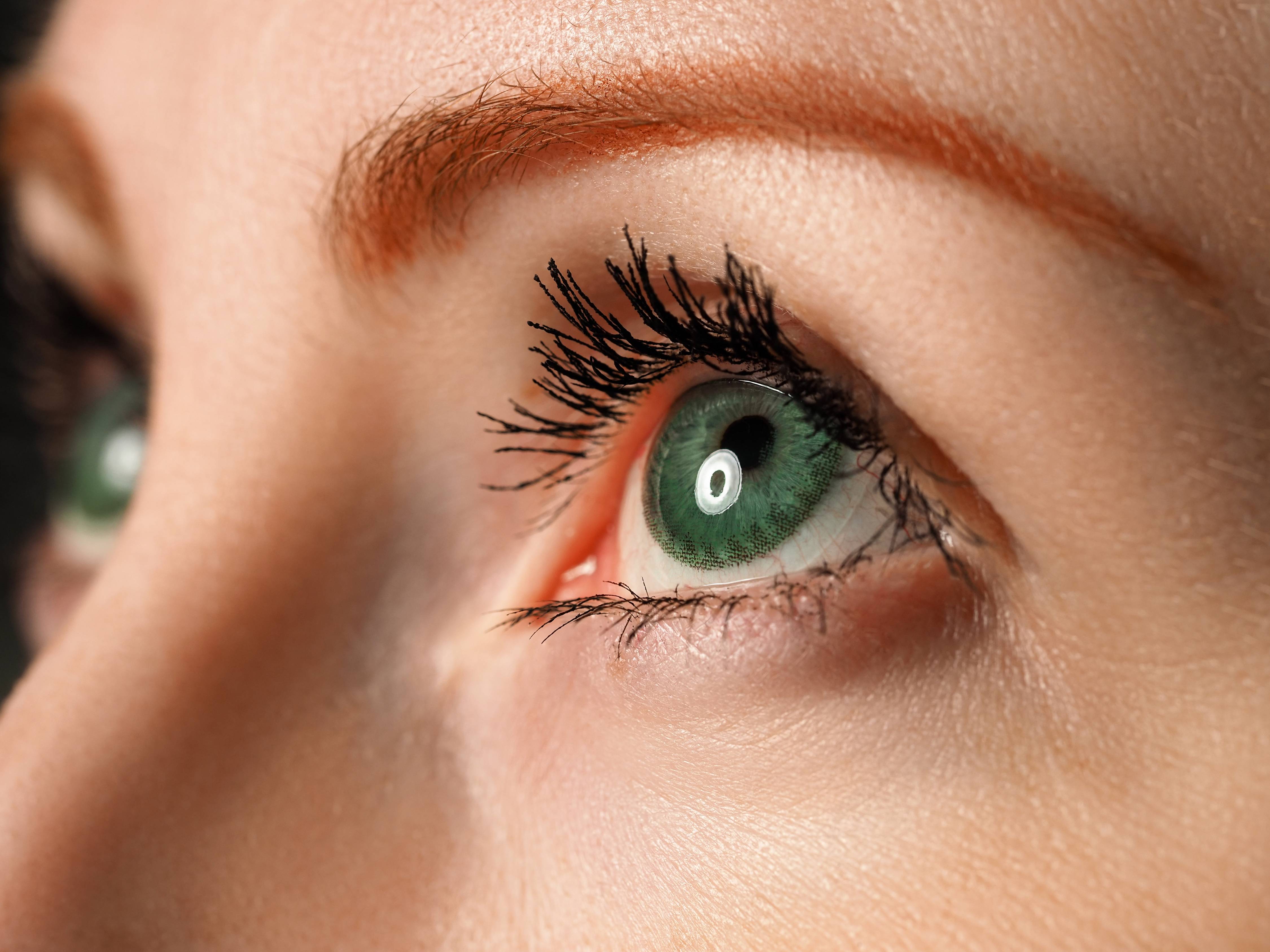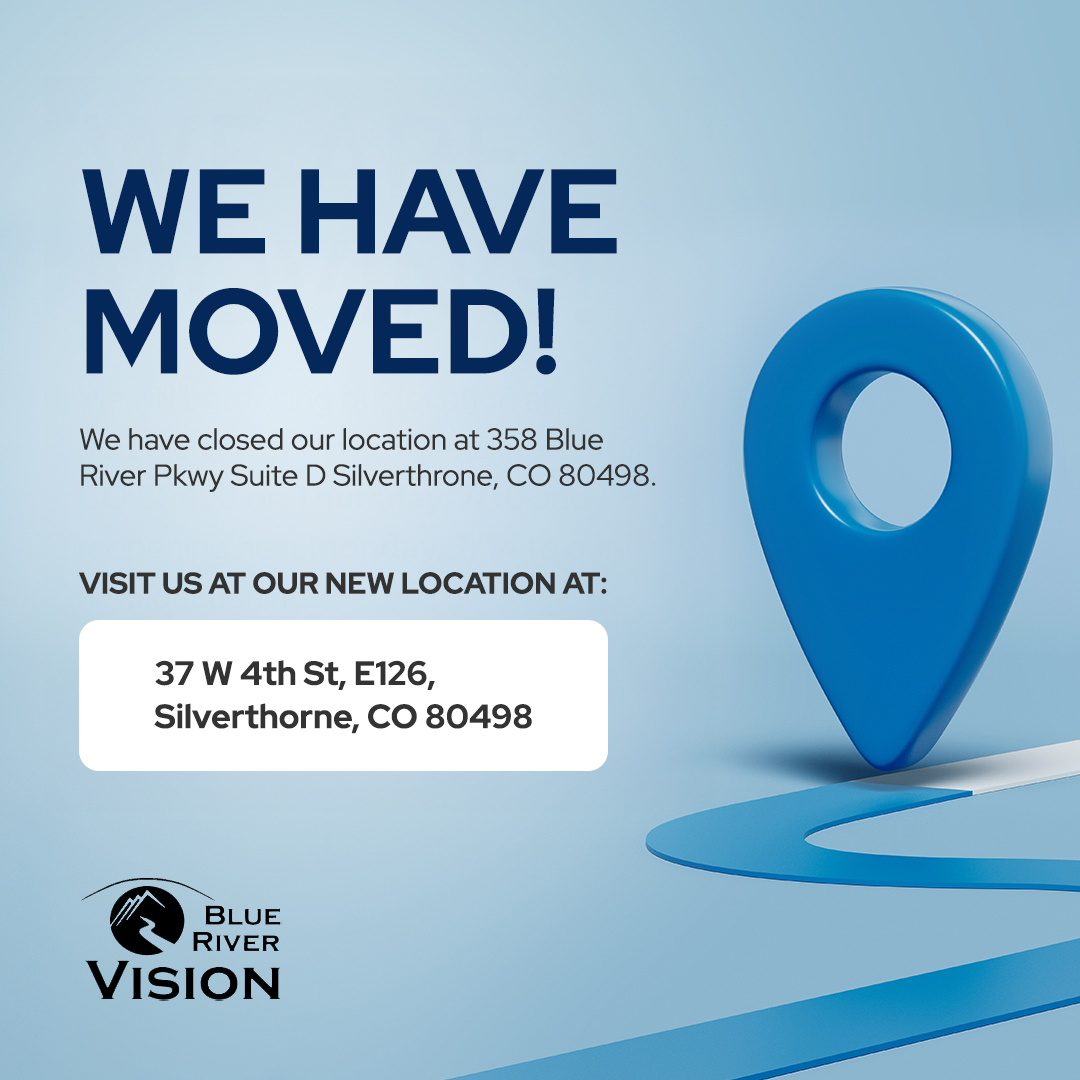
Several forms of glaucoma have no warning signs at all. The American Glaucoma Society stresses that the effects of these types of glaucoma are extremely gradual. Most patients do not notice changes in their vision until they reach the advanced stage.
Early detection of glaucoma is only possible through regular eye exams. If you want to understand the proper diagnosis of and care for glaucoma patients, here’s what you should know.
The Diagnosis
Your ophthalmologist can use the following procedures to see if you have glaucoma:
Ophthalmoscopy
This procedure allows your eye doctor to check your optic nerve for any damage from glaucoma. Your doctor will need pupil-dilating eye drops to the color and shape of your optic nerve.
Pachymetry
This is a painless way to measure your corneal thickness. A pachymeter is a probe that your eye specialist places in front of your eye. The measurement will help clarify your IOP (intraocular pressure).
Tonometry
This procedure measures your eye pressure. Your eye doctor will administer numbing eye drops first before using a tonometer. The tonometer applies a small amount of pressure to your eye.
Gonioscopy
This exam can determine if the angle formed by the cornea and iris is closed, open, wide, or narrow.
Perimetry
This visual field test creates a map of your field of vision. It helps your eye specialist see if glaucoma is affecting your vision.
The Treatment
Glaucoma treatment needs coordination and cooperation between you and your eye specialist. Once your doctor gives your treatment plan, you should use your eye drops and follow instructions. Below are the modes of treatment for glaucoma:
Medication
Medicated eye drops can lower eye pressure. Some work by improving the flow of fluid through your eye’s drainage angle. Others reduce the aqueous fluid production in your eye. You should discuss the side effects and interactions of your glaucoma medications with your eye doctor. Notify your eye doctor if you start to experience the adverse effects. You should not stop taking your glaucoma medications without speaking with your ophthalmologist.
Laser surgery
Two types of laser surgery can treat your glaucoma. Trabeculoplasty is for patients with open-angle glaucoma. Its aim is to improve your drainage angle. This allows aqueous fluid to flow out and reduce pressure. There is also iridotomy for those with angle-closure glaucoma. The laser makes a tiny opening in your iris to help the fluid drain.
Trabeculectomy
This is a surgery performed in the operating room. Your eye surgeon creates a small flap in your sclera and a filtration bleb or bubble in your sclera. This is usually hidden underneath your upper eyelid. The fluid drains out through the flaw and into the bubble. Your eye absorbs the fluid and lowers your eye pressure.
The diagnosis and treatment of your glaucoma could only get positive results if you cooperate with your ophthalmologist. At Blue River Vision, we encourage our patients to keep their routine eye checkups. Doing so can help in the early detection of glaucoma and other eye conditions. For an in-person consultation, you can visit our clinic in Silverthorne, Colorado. For appointment scheduling or inquiries about our glaucoma treatment packages, please call us at 970-451-0015.





